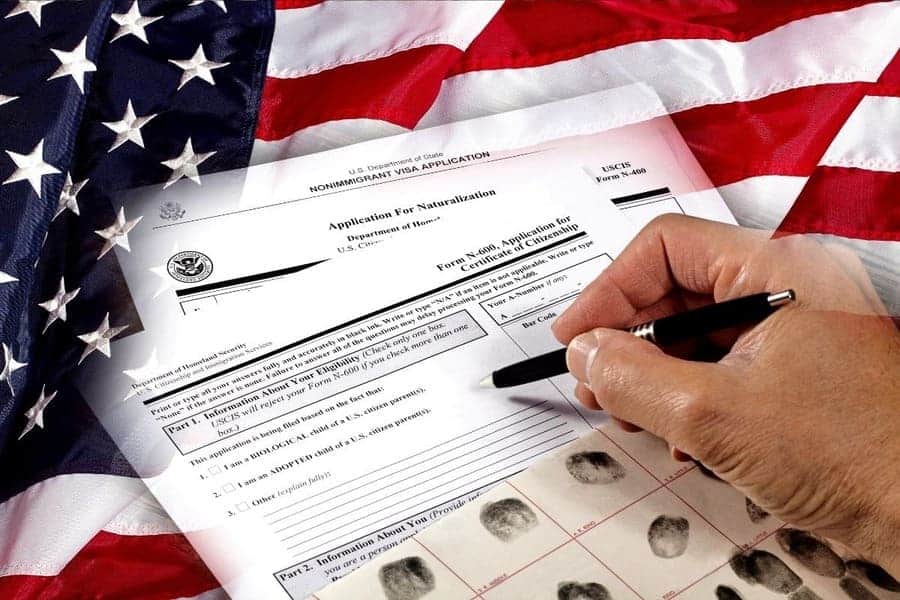Whether you are planning to bring your family to the United States or you are looking to help a family member immigrate to the U.S., there are a number of important things you need to consider. From ensuring that your family members meet the required immigration requirements, to making sure that the costs of bringing your family to the U.S. are reasonable, here are a few tips that will help you get started.
Requirements for obtaining status in the U.S.
Obtaining a status in the United States requires specific requirements. For instance, you will need to be 18 years of age or older, and have the necessary authorization to work in the United States permanently. Depending on the status you want to obtain, your current nonimmigrant status may need to be maintained while the petition is pending. You will need to consider all of these factors in order to make the best decision for your situation.
There are two ways to obtain an immigrant visa. One method is consular processing, which requires you to travel to a United States consulate abroad for processing. Another option is adjustment of status, which allows you to change your nonimmigrant status to permanent residence.
A green card allows you to live and work in the United States. But, to maintain this status, you need to live in the country for at least three years while the application is being processed. Some green card holders are exempt from answering questions about U.S. history and civics.
However, if you have been outside the country for more than six months, you may have to apply for a re-entry permit. The application process is similar to traveling to the United States for the first time in a new status.
You will need to provide evidence that you have been residing in the United States for at least the past five years. You may be required to provide additional information or take additional exams. You will also need to pay an application fee. You may be eligible for a fee waiver.
You will also need to show that you have a sponsor. This person must be able to meet minimum income requirements. They will also need to sign an affidavit of support. The sponsor must also state that they will be financially responsible for the individual relative.
If you are a permanent resident, you may be required to submit Form N-470 to USCIS. This form is also known as the Application to Preserve Residence for Naturalization Purposes. This form must be submitted along with the re-entry permit application.
Cost of obtaining status in the U.S.
Obtaining status in the United States can be costly. The cost of becoming a citizen can be as much as $1,500. While the cost of citizenship can vary depending on how you qualify, there are some measures you can take to save money.
The government’s website has a handy Fee Calculator to quickly determine what you’ll be charged. It’s not an exhaustive list of fees, but it will give you a good idea of what you’ll need to pay.
The most obvious fee is the fee to file an application for naturalization. There is a fee of $640 for the filing and an $85 biometric services fee. The fee isn’t free for newly married immigrants or applicants over age 74.
During the application process, you may encounter other fees. You might be required to pay for certified translations of foreign language documents. You may also have to pay for copies of your documents. You might also have to pay for a visa or other document retrieval fee.
If you’re an immigration applicant, you might be required to travel for a medical examination. While the cost of this test varies, on average it’s around $300. You can pay for it with cash, money order, or a credit card. You can also ask for a fee reduction.
The government has a number of programs designed to help immigrants afford the cost of immigration. You can find more information about these programs at the USCIS website. You may also want to consider hiring an immigration lawyer to help you navigate the process. A skilled lawyer can point out any hidden costs and advise you on the most effective ways to pay for your application.
The USCIS website has information about payment requirements by country of citizenship. You might also want to contact the Legal Aid office in your area. They are experts in the immigration field and can help you find a fee waiver. Alternatively, you may want to ask a relative to sponsor you. The cost of sponsoring a relative to immigrate to the United States can vary between $0 and $1,760.
Visas available for sponsors’ extended family members
Those seeking to enter the United States on a permanent basis can sponsor their immediate or distant relatives in the form of green cards. These cards, in turn, allow the family member to live and work in the United States. These are often referred to as family-based visas.
The average immigrant can sponsor three relatives. These can be spouses, minor children, or even parents. The most common category of Family and Immigration Law is the spouse. These immigrants are responsible for a variety of economic contributions to the U.S. They also play a key role in caring for aging family members.
Some countries, such as India, China, the Philippines, and Mexico, have long-standing immigrant diasporas, and as a result, have a high demand for family-sponsored visas. This leads to a backlog in the processing of about three months. In addition, certain countries have numerical caps that restrict how many immigrant visas they can grant out.
Getting a green card is not a given. To become a permanent resident, applicants must meet a set of criteria. Some of these criteria include having the financial wherewithal to make the move to the United States. In addition, the applicant must meet health, security, and background checks. The United States Citizenship and Immigration Services (USCIS) handles petitions for these applicants.
There are several types of family-sponsored visas. The first is the most obvious and is used to grant a foreign national a temporary visa to enter the United States. The second is for a family-based visa, which is granted to the spouse of a lawful permanent resident. The fourth is for the sibling of a U.S. citizen. This category is limited to 65,000 a year.
The smallest number of family-sponsored visas can be found in the F4 category. It is one of the most important categories for immigration purposes, as these visas are intended for certain family relationships. These include unmarried children under 21 of a U.S. citizen, spouses of LPRs, siblings of LPRs, and orphans adopted abroad.
The best way to determine how long you’ll have to wait to get your family to the United States is to check the Visa Bulletin, which is issued monthly, and contact a skilled attorney specializing in immigration law.
Refugees admitted to the U.S. because of a “well-founded fear of persecution”
Typically, a refugee is someone who has left their country of origin because of persecution. There are a variety of reasons a person flees his or her country, including war, violence, ethnic violence, or tribal violence.
A refugee is eligible for resettlement in the United States as long as he or she meets the eligibility criteria. They may be eligible for government-funded resettlement assistance, employment, and U.S. citizenship after five years of residency. In some cases, additional family members may also be eligible.
In order to qualify for asylum, an applicant must establish a well-founded fear of persecution. In order to do this, the applicant must provide evidence of persecution, whether direct or circumstantial. The Immigration Judge must also determine whether the applicant is capable of avoiding persecution. Typically, evidence of past persecution is most effective.
In some cases, an applicant can prove persecution on a subjective basis. This means that the applicant must show that he or she is persecuted for a reason other than the fact that he or she is a member of a social group. In other cases, the applicant must prove that he or she has been persecuted because of a protected ground.
To establish a well-founded fear of persecution, the applicant must show a pattern of persecution. In some cases, the applicant may be able to prove a pattern of persecution by circumstantial evidence, such as being persecuted for being gay or being persecuted for a lack of faith. In other cases, the applicant may be able to establish a pattern of persecution by providing evidence that is based on an objective fear of persecution.
In cases where an applicant cannot prove a pattern of persecution, he or she must show a well-founded fear of persecution for a future period. In some cases, the Immigration Judge can rebut the presumption that the applicant is persecuted by returning to the applicant’s home country.
The United States government resettles a small percentage of the world’s refugees each year. Asylees and refugees are eligible for government-funded resettlement assistance, short-term employment services, and limited cash assistance. Refugees can also apply for citizenship.






